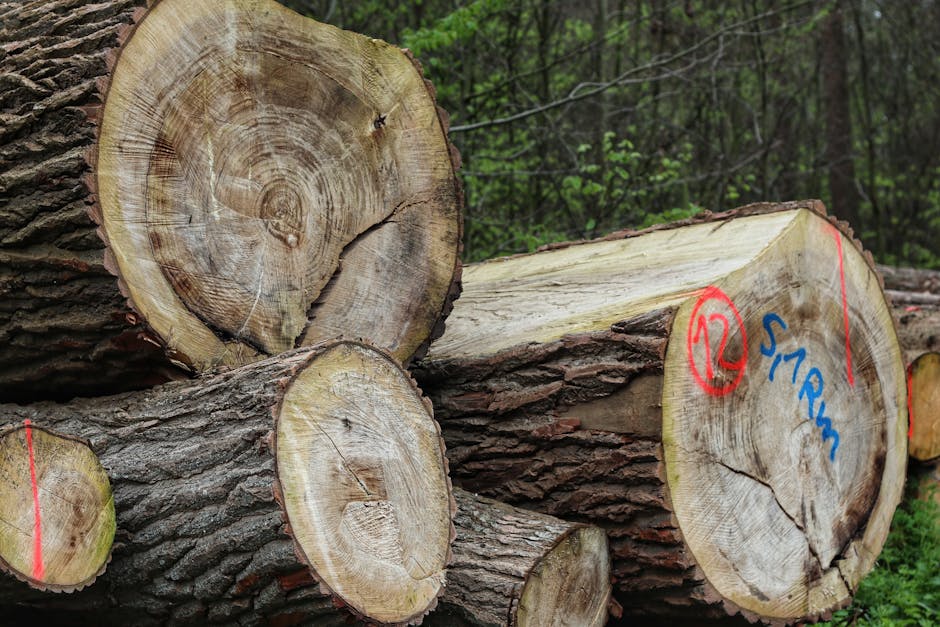In a world where technology and nature are increasingly intertwined, a recent headline has sparked both fascination and confusion: “Scientists taught spinach plants to send emails.” While the claim sounds like something out of a sci-fi movie, the reality is both more nuanced and equally intriguing. Let’s dive into the science behind this eye-catching story and separate fact from fiction.
The Origin of the Headline
The buzz began when researchers at the Massachusetts Institute of Technology (MIT) published a study exploring the use of nanotechnology to monitor plant health. The team engineered spinach plants to detect certain chemicals in their environment, such as nitroaromatics, which are often found in explosives and pollutants. When the plants detected these substances, they emitted a signal that could be captured by an infrared camera and transmitted to scientists via email.
While the spinach plants themselves aren’t typing out messages or hitting the “send” button, the process does involve a form of communication between plants and humans. This innovative approach has been dubbed “plant nanobionics,” a field that combines nanotechnology with plant biology to enhance natural capabilities.
How It Works
The researchers embedded tiny carbon nanotubes into the leaves of spinach plants. These nanotubes are designed to react to specific chemicals in the soil or water. When the plants absorb these chemicals through their roots, the nanotubes emit a fluorescent signal. An infrared camera picks up this signal and sends an alert to researchers, essentially creating a real-time monitoring system.
This technology has significant potential for environmental monitoring. For instance, spinach plants could be deployed in areas with suspected groundwater contamination or near industrial sites to detect hazardous substances. The plants act as natural sensors, providing data that would otherwise require expensive and cumbersome equipment.
Why Spinach?
Spinach was chosen for this experiment due to its widespread cultivation, rapid growth, and well-understood biology. However, the technology isn’t limited to spinach. In theory, other plants could be engineered to detect different chemicals, opening up a wide range of applications in agriculture, environmental science, and even national security.
Misinterpretations and Clarifications
The headline “Scientists taught spinach plants to send emails” is undeniably catchy, but it oversimplifies the science. The spinach plants aren’t autonomously sending emails; rather, they’re part of a sophisticated system that translates biological signals into digital alerts. This distinction is crucial for understanding the true scope and limitations of the technology.
Moreover, the study is still in its early stages. While the concept has been proven in a controlled laboratory environment, scaling it up for real-world applications will require further research and development. Challenges include ensuring the stability of the nanotubes in various environmental conditions and addressing potential ecological concerns.
The Bigger Picture
This groundbreaking research highlights the growing trend of using living organisms as tools for technological innovation. From algae-based biofuels to bacteria that can clean up oil spills, scientists are increasingly looking to nature for solutions to complex problems.
The spinach experiment also underscores the importance of interdisciplinary collaboration. By combining expertise in nanotechnology, plant biology, and environmental science, the MIT team has created a system that could revolutionize how we monitor and protect our planet.
Final Thoughts
While spinach plants aren’t exactly sending emails, they are playing a vital role in cutting-edge scientific research. This study is a testament to human ingenuity and our ability to harness the natural world in unexpected ways. As we continue to explore the intersection of biology and technology, who knows what other surprising discoveries await?
So the next time you see a headline that seems too good to be true, take a moment to dig deeper. You might just find a story that’s even more fascinating than the clickbait suggests.
Stay tuned to NextMinuteNews for more updates on the latest in science, technology, and innovation!




